“I want to give audiences an elevated viewing experience”: An interview with Disappearance at Clifton Hill director Albert Shin
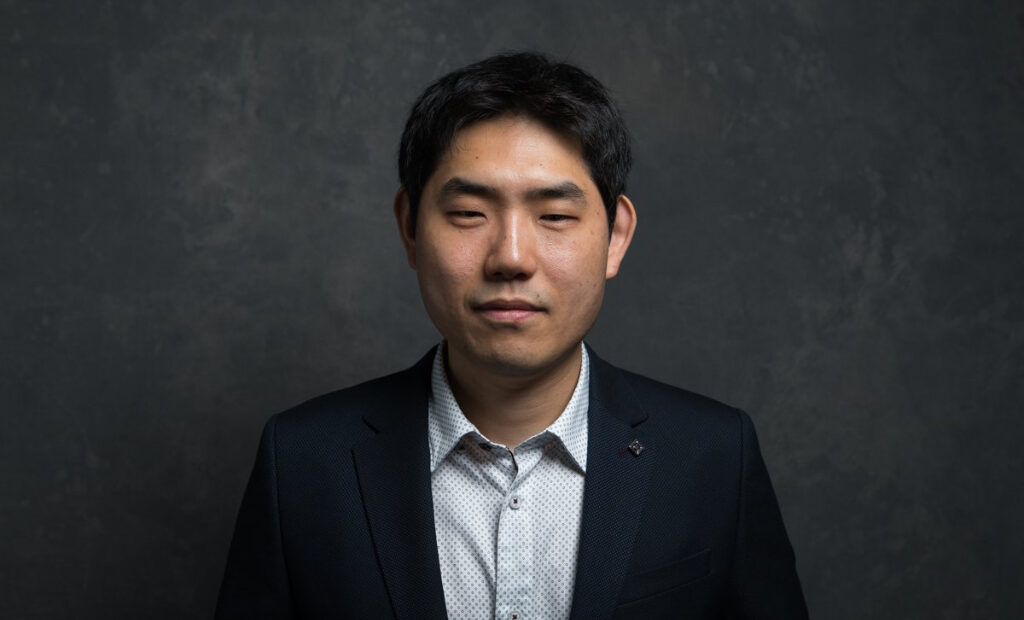
Albert Shin makes the point with his feature Disappearance at Clifton Hill that he can produce high-quality work on a low budget, offering a mystery thriller that weighs a ton in intrigue and atmosphere.
The movie, which follows a distressed woman returning to her hometown of Niagara Falls to find answers to a brisk kidnapping she witnessed as a youth, is brought to life by its star Tuppence Middleton and is nicely embellished with a unique portrait of the Falls. We spoke to Shin about how he developed the story from a memory he had as a child, the resistance he faced during production, his collaborators and the films that inspired him.
The film is based on a real memory of yours when you witnessed a kidnapping as a child. How did you develop the narrative from this image in your head, especially the idea of going back to a place to reconstruct the memory?
Albert Shin: There were multiple factors that turned it into the elixir that is this movie. It all started from my own personal experience in Niagara Falls. My parents owned a motel, very much like in the movie, and the prologue that happened isn’t beat-for-beat but it is a reconstruction of my own memory and we shot it in the exact same place where I experienced it so there’s a surrealness to it. Jumping from there, I wanted to make a film that would reflect the town and make the city a character, build the world in the way a movie can do. I don’t know how much you know about Niagara Falls but it’s a very interesting city. It’s a border town between Canada and the US, a tourist-trap town, and calls itself the honeymoon capital of the world. It has a motel culture to it too – I don’t know how much of that there is in the UK but it’s a very different kind of city, a very different vibe to wherever you’d go in North America. It’s where you’re trying to lure tourists, but they never come back. I thought this hall-of-mirrors facade would make for an interesting setting for a mystery movie and, by using an unreliable narrator as the protagonist, there was an interesting combination of things that I could do. At some point, the imagination took over.
I think one of your biggest strengths is building the world. The detailed mise en scène and eclectic characters give it a strong sense of location and atmosphere. How much of it was constructed versus how much of it was natural?
AS: It was a combination of both. We shot the film in Niagara Falls – that was a very big component for me because, generally speaking, you’re always trying to build sets or shoot in Toronto or any production hub, but for me, it was important to shoot on location. Plus, it obviously would have been awfully hard to reconstruct some of these locations on a small budget, like the UFO Diner. However, while we were getting ready to shoot there, the city was very protective of itself about people coming in and changing the narrative of the tourist-trap, family-friendly, shiny town. In reality, Niagara Falls is not like how they advertise it and that’s what this movie is very much about. We had to adjust as well. We couldn’t get access to some places we wanted to shoot at and there was some resistance from the powers that be, so we had to build some sets instead. Kind of like in the movie, there’s another layer of people who aren’t the government or city council that run the town.
You gave an interview in which you described how you faced resistance from various local businesses regarding production. It seemed like they’d been confronted with this scenario before. Why do you think filmmakers are drawn to making dark stories in the Falls?
AS: Well, I think there are a few reasons. For anybody that goes there, it conjures certain imagery with its uniqueness and how it differs from your preconceptions. Your imagination takes over from there. The city itself has an interesting history going back to its inception, such as the War of 1812, which was a battle between the British and the Americans. It has a bloody, stark history with the first natives and indigenous people of America and European settlers too. Even to this day, because it’s a border town, there’s a lot of organised crime, however, the city itself is always trying to present something different. The honeymoon capital of the world with its wax museums and promenades and arcades – that contradiction and dichotomy are always good for dramatic storytelling.
So, it seems like a lot of your story is drawn from the presented image of Niagara Falls versus the reality of the city from your own experience. But are there any particular films you looked to for inspiration too?
AS: Yeah, for sure. I thought a lot about gumshoe detective, noir movies – Chinatown is an easy comparison. Water, power, that kind of stuff that affects a city. But more than that it was playing with the idea of a restricted narrative – this whole movie is told through the perspective of one character. You only see what she sees, and you only know what she knows. It’s also about obsession and there’s a Korean film, Memories of Murder, directed by Bong Joon-Ho, that’s one of my favourite films of all time. People also bring up Videodrome because of the way we played with analog film and obviously because [Videodrome director] David Cronenberg is in my film. The subtext of this film revolves around trauma and memory and I wanted to play with the tropes of mystery thrillers in a fun way to find my own music within the genre.
I think one of the ways in which you make the audience enjoy their exploration of this unique world is through the great central performance of Tuppence Middleton. Could you speak about working with her?
AS: Tuppence is an amazing actress who can do almost anything. I’d felt that from the work of hers I’d seen in the past but I didn’t think she had done anything like this and, as a filmmaker, you’re always trying to find a role for actors that they haven’t exactly done but that they could do and open up a new avenue. Working with her and getting to know her, she’s also just the nicest, kindest person so it was a great collaboration. She’s in every scene of the film so if she wasn’t a talented performer it would’ve been a much harder film to make! She was a great partner throughout the entire production and it’s important to have an amazing performer be the visual representation of a small-budget movie.
How did you rope in David Cronenberg for a fun little role?
AS: We were looking for an actor that brought an inherent persona to the role and it was hard because it also had to be an actor of a certain age. We were getting really close to production and hadn’t been able to cast that role. Then it got so late in the game that we had to find a local actor – originally, we were scouting in L.A. – and David is a Toronto legend. My producer and my casting director knew him personally and they threw out the idea. In my mind, he was probably going to say no but we sent him the script and he responded immediately and within a week he was on set and we were throwing him in the middle of the river. It was a very serendipitous scenario.
Ultimately, what are you hoping for people to take away from the viewing experience?
AS: Obviously, I want people to have a fun time – it’s a film where I want to give audiences an elevated viewing experience that would have the facade of the horror, mystery, thriller genres but was more prominently an exploration of character that subverted conventions. Something memorable, fun and strange.
If they tell you they want to go to Niagara Falls after seeing it, have you done your job?
AS: For sure! The way I’ve talked about the city, it makes me sound like I’m trying to slag the place off but [the film] really is a love letter to Niagara Falls. I wanted to make the city feel cinematic – it’s not a neo-realist portrayal of the city but rather depicts a certain feeling of it. Hopefully, it’s an interesting representation in the cinematic universe of what Niagara Falls is and the ethos of the place. I certainly want to get people interested in this quirky, peculiar place.
What are you working on next?
AS: I’m not allowed to say anything specifically but I’m definitely working on another project right now. Obviously, because of the current state of the world, it’s hard to know how it’ll play out because, originally, we planned to shoot it later this year but I have no idea when it’s going to happen now. It’s a vastly different type of film to Disappearance at Clifton Hill – I’m always trying to jump genres and offer different cinematic experiences.
I look forward to seeing it and hope you reunite with your cinematographer Catherine Lutes and composers Alex Sowinski and Leland Whitty because they contributed strongly to the effect you went for in Disappearance at Clifton Hill.
AS: I had never worked with any of them before. They were all people I admired and wanted to work with and thankfully they all came on board. Catherine is a superstar – I’m not sure I’ll be able to get her again because she’s so busy now shooting things and on her way to Hollywood. I’m gonna have to beg her to keep shooting my movies! Alex and Leland are part of a band called BadBadNotGood. They had never done a movie score before and I was looking for someone who didn’t have a single bag of tricks or muscle memory when it came to composing. They didn’t – they just brought their inherent genius and created such a memorable and interesting score that I’m sure might be strange to audiences who aren’t used to hearing this sort of approach to this kind of film but for me, it was the final key to unlock the movie. The soundtrack is one of the things I’m most excited about and I hope people feel the same way.
Everybody should be listening to BadBadNotGood.
AS: Absolutely. Really great guys and their new album is on the way too. I was very lucky to have them.
Thank you so much for the interview, Albert, we appreciate you giving us the time.
Musanna Ahmed
Disappearance at Clifton Hill is released in the UK digitally on demand on 20th July 2020.
Watch the trailer for Disappearance at Clifton Hill here:

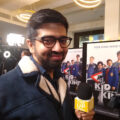
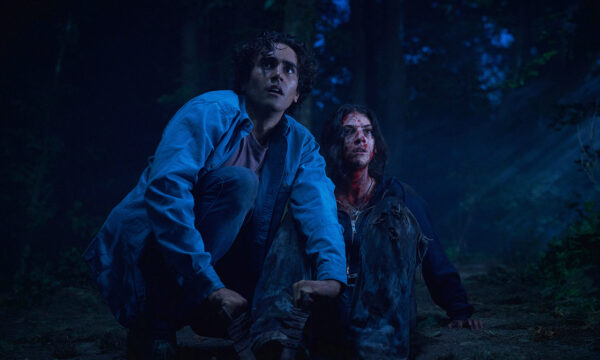
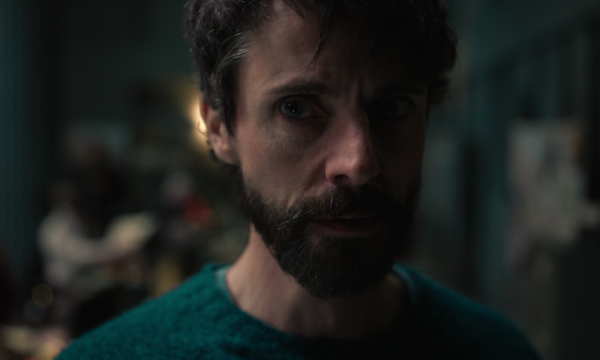
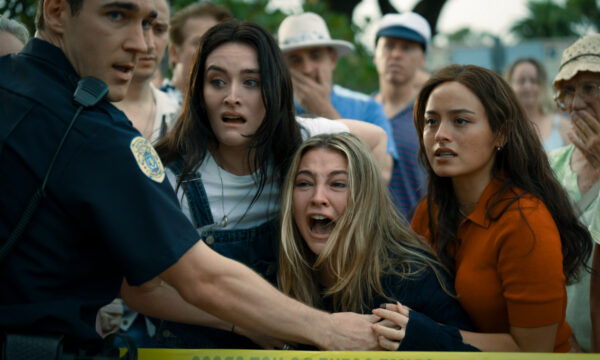
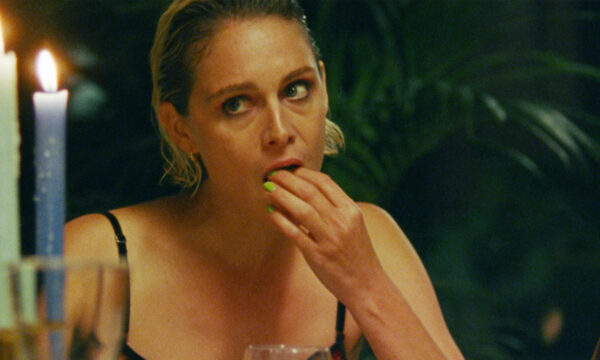
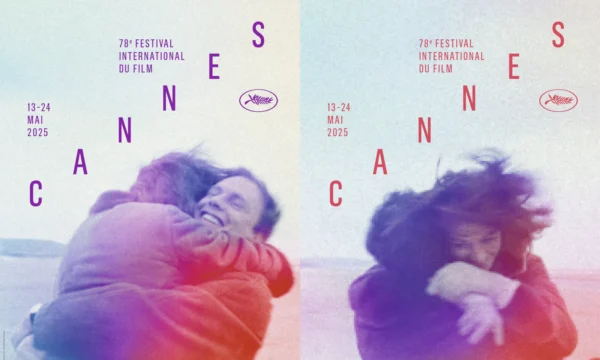
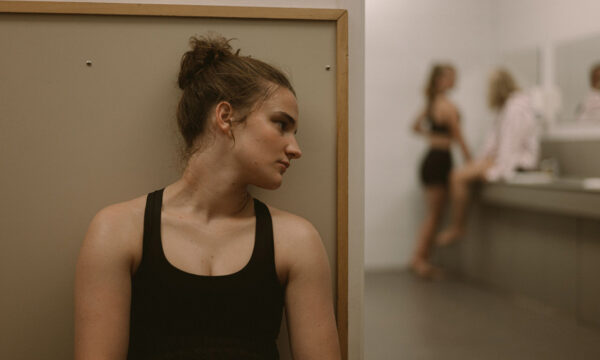
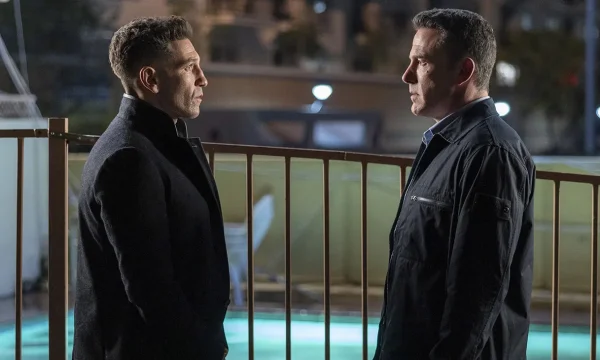
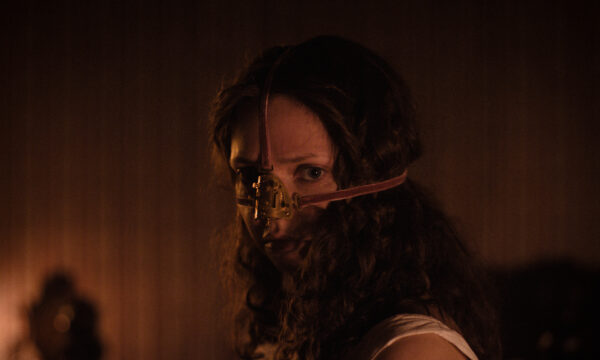
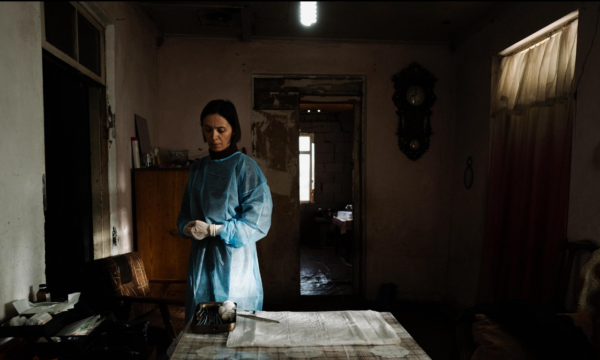



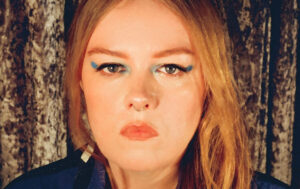
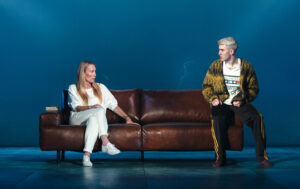
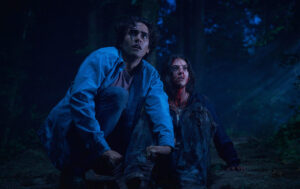
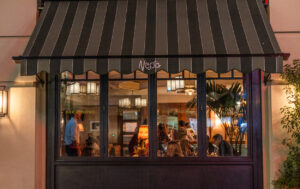
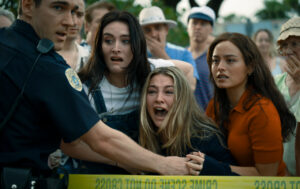




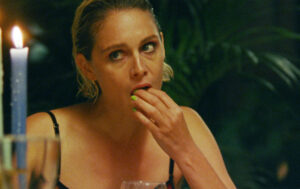

Facebook
Twitter
Instagram
YouTube
RSS